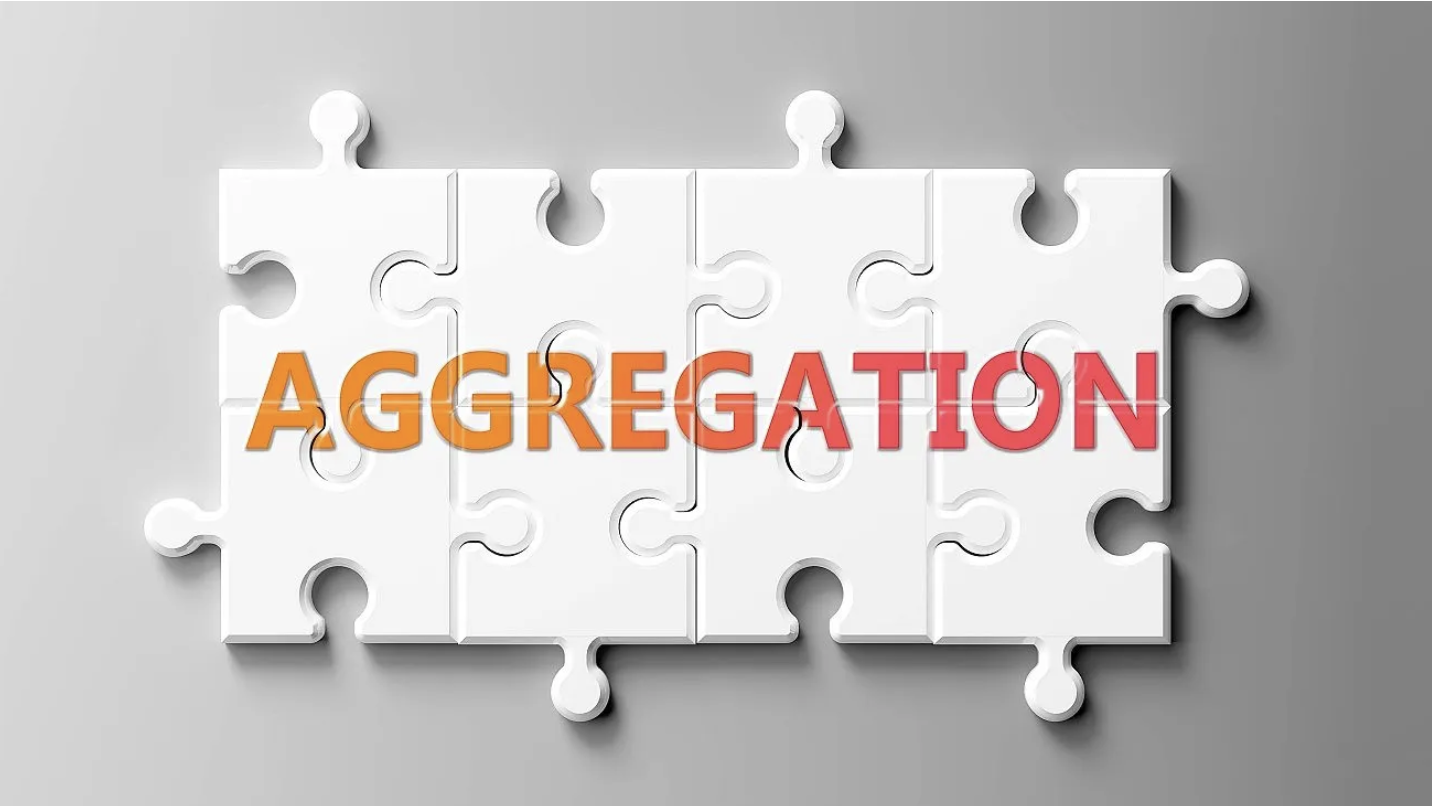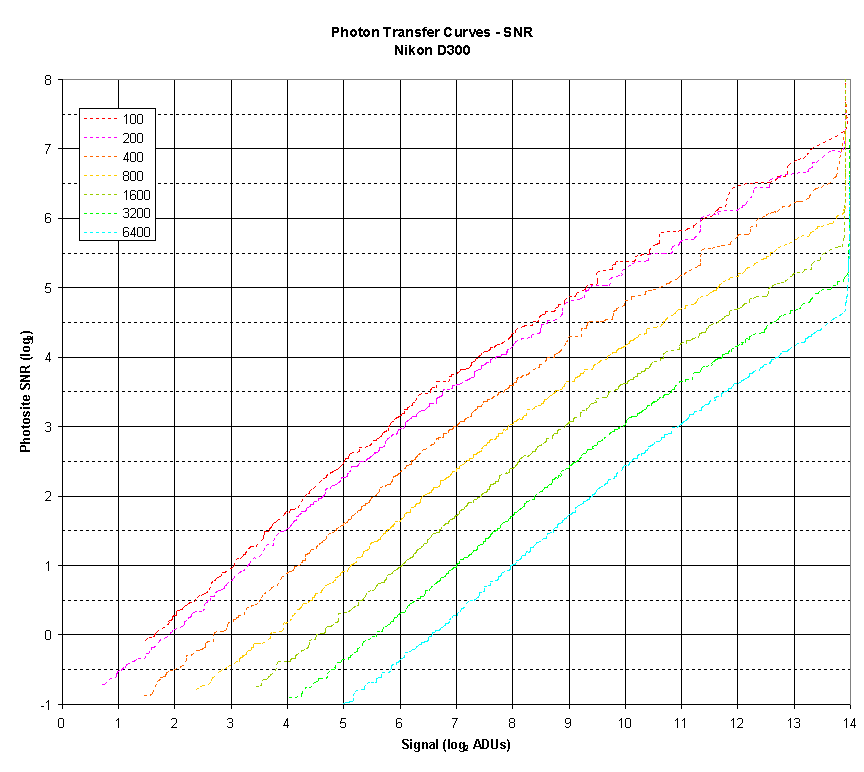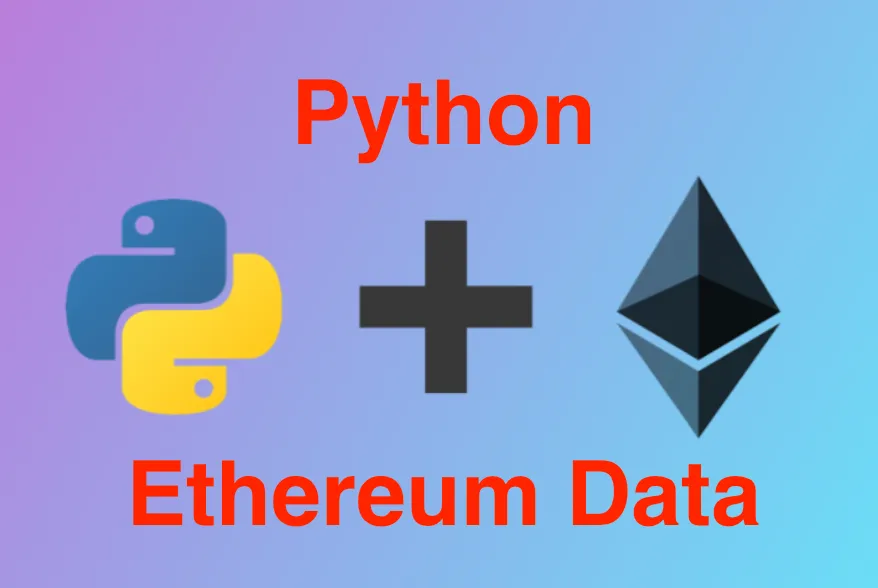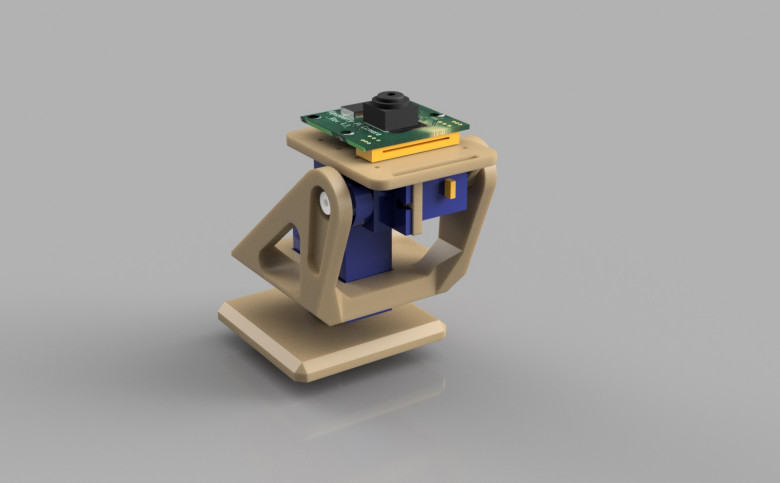StarRocks vs. ClickHouse, Apache Druid, and Trino

In the big data era, data is one of the most valuable assets for enterprises. The ultimate goal of data analytics is to power swift, agile business decision making. As database technologies advance at a breathtaking pace in recent years, a large number of excellent database systems have emerged. Some of them are impressive in wide-table queries but do not work well in complex queries. Some support flexible multi-table queries but are held back by slow query speed.
Each type of data has a data model that best represents them. However, in real business scenarios, there is no such thing as ultra-fast data analytics under the perfect data model. Big data engineers sometimes have to make compromises on data models. Such compromises may cause long latency in complex queries or damage the real-time query performance because engineers must take the trouble to convert complex data models into flat tables.
New business requirements put forward new challenges for database systems. A good OLAP database system must be able to deliver excellent performance in both wide-table and multi-table scenarios. This system must also reduce the workload of big data engineers and enable customers to query data of any dimension in real time without worrying about data construction.


















